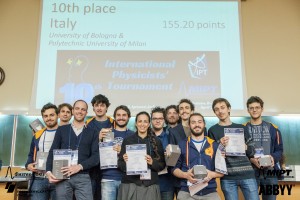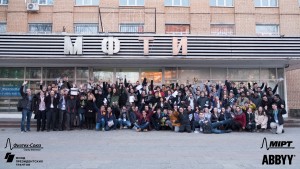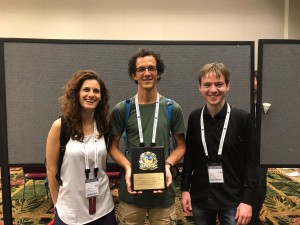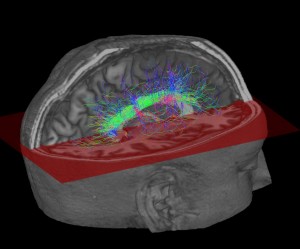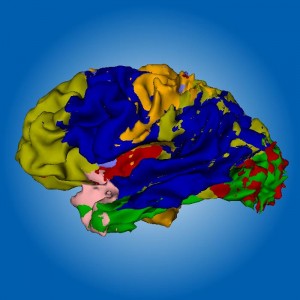La squadra congiunta degli studenti dell’Università degli Studi di Milano, Politecnico di Milano e Università di Bologna ha rappresentato l’Italia al “10° International Physicists’ Tournament”, che si è svolto a Mosca dal 1 all’ 8 aprile 2018. Al torneo hanno partecipato 18 squadre nazionali provenienti da tutto il mondo, l’Italia partecipa per la seconda volta e quest’anno si è qualificata decima.
L’ IPT è un torneo nel quale ogni squadra presenta e difende il proprio studio di una serie di problemi ancora aperti, analizzandoli per via sperimentale e teorica.
Potete trovare la lista dei problemi di quest’anno, oltre che varie info, sul sito http://2018.iptnet.info/problems/.
Sei uno studente della triennale o magistrale e vuoi metterti alla prova partecipando alla “coppa del mondo” di fisica? Contattaci per far parte della squadra dell’anno prossimo!
Riccardo Fabbricatore: riccardo.fabbricatore@unimi.it
Sebastian Fava: 10585776@polimi.it
Persone in foto da sinistra a destra: Andrea Maiani, Sebastian Fava, Riccardo Fabbricatore, Flavien Guillaume, Simon Luca Villani, Nicoletta Mauri, Gregorio Paci, Emanuele Zambonini, Giacomo Giuliani, Valerio Pia, Matteo Votto, Francesco Marino

